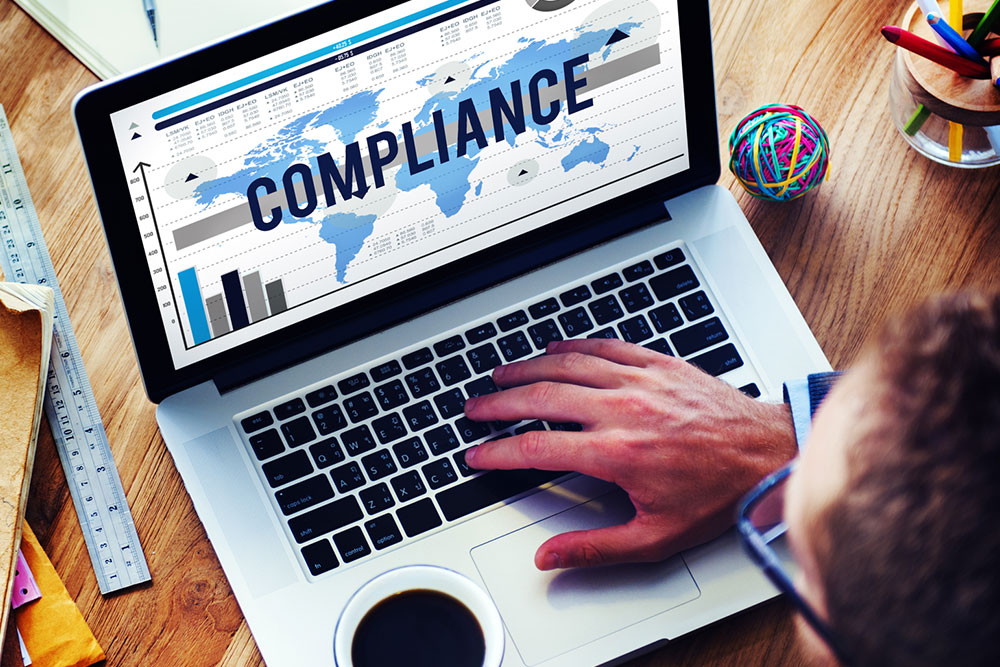
SOC 2 – Principles, benefits, and types
SOC 2, or Systems and Organization Controls 2, is a voluntary compliance standard security framework. It helps determine how the customer’s data can be protected from threats like unauthorized access, security loopholes, etc. The SOC 2 was developed by the American Institute of Certified Public Accountants. The AICPA has used five criteria to act as principles of the framework: security, availability, processing integrity, privacy, and confidentiality. There are two types of SOC 2 reports.
Principles of SOC 2
This security framework was primarily made to tackle issues that could arise due to third-party service providers using client data. This is to secure any client data leaks. As mentioned above, there are five trust principles, so let’s take a look at what each of them entails.
Security
The security principle ensures that the protection of the data and systems is a top priority. It protects against any unauthorized access to an individual’s private information. To achieve this security goal, some form of access control, like using identity management systems or access control lists, needs to be in place. Strengthening the firewalls is also important, and this can be done using stricter outbound and incoming rules. Intrusion detection systems and recovery systems also enforce multi-factor authentication.
Confidentiality
Data qualifies as confidential only when only a few people have access to it. This includes usernames and passwords, business plans, credit card information, and even application source code, to name a few examples. The data must be encrypted during transit and at rest to ensure that it remains confidential. Whenever access to confidential data is given, organizations must always follow the principles of least privilege, which means granting the minimum permissions or rights to the people just so they can do the job.
Availability
Under this criteria, the Service Level Agreement (SLA) should always be met. This entails building fault-tolerant systems that function well and do not fail under high loads. It also means that organizations should invest in network monitoring systems and have disaster recovery plans in place.
Privacy
When it comes to collection, storage, processing, or disclosure of any of the personal identifiable information or PII, the data usage and privacy policy of the organization must be followed through and through. Other guidelines that need to be followed include that of the AICPA and the Generally Accepted Privacy Principles or GAPP.
Personal Identifiable Information, or PII, generally refers to any information shared that can help identify a person, such as their name, phone number, age, credit card information, address, or social security number, and so on. So, it is important to apply the right privacy settings to protect these details.
Processing integrity
This means that the system must always adhere to the design for quality assurance and performance monitoring applications. There should be no delays or vulnerabilities, errors or even bugs to hinder the performance of the system.
Benefits of SOC 2
Some of the benefits of this security framework entails the following:
The SOC 2 audit helps the organization improve their overall security outlook.
Achieving all the SOC 2 principles and framework compliance can play a huge part in helping avoid any data breaches. This can also help prevent any financial or reputation damage that can come along with this data breach.
Organizations and clients can trust companies that follow the SOC 2 compliant tools because they ensure the establishment of procedures to safeguard sensitive information. This act helps in building trust with the customers.
The requirements of SOC 2 often overlap with the framework of other security compliance needs of ISO 27001 and HIPAA. This means the organization is doing all it can to protect the information. The presence of one certification also means that getting other compliance certificates will be easy since there is an overlap.
When the company follows these rules, customers gain more trust. This also means that the brand gets the reputation of being a security-conscious company, which is an advantage considering the frequency of data breaches today.
Types of SOC 2
There are two types of SOC2—type 1 and 2—so let’s examine the basic difference between them.
Type 1
This type has a specific point in time when the compliance system is processed.
Type 2
In this type, there is no specific time, but the compliance is followed over a period of time, let’s say 12 months, to give an example.
In SOC itself, there are three types of SOC reports – SOC 1, 2, and 3. Out of all the three, the first two are the most common. SOC 2 is most relevant to the technology companies. SOC 3, on the other hand, primarily reports SOC 2 results in a format that is easy to understand for the general public. The main audience of SOC 2 remains customers and other stakeholders, and an example of this includes a database-as-a-service company. Some advantages of using this type of compliance framework are that the brand reputation increases, assuring the platform’s customers that all the right controls are in place. So, a top priority for an organization should be to ensure all the right certifications are in place to ensure the security of the customer.


